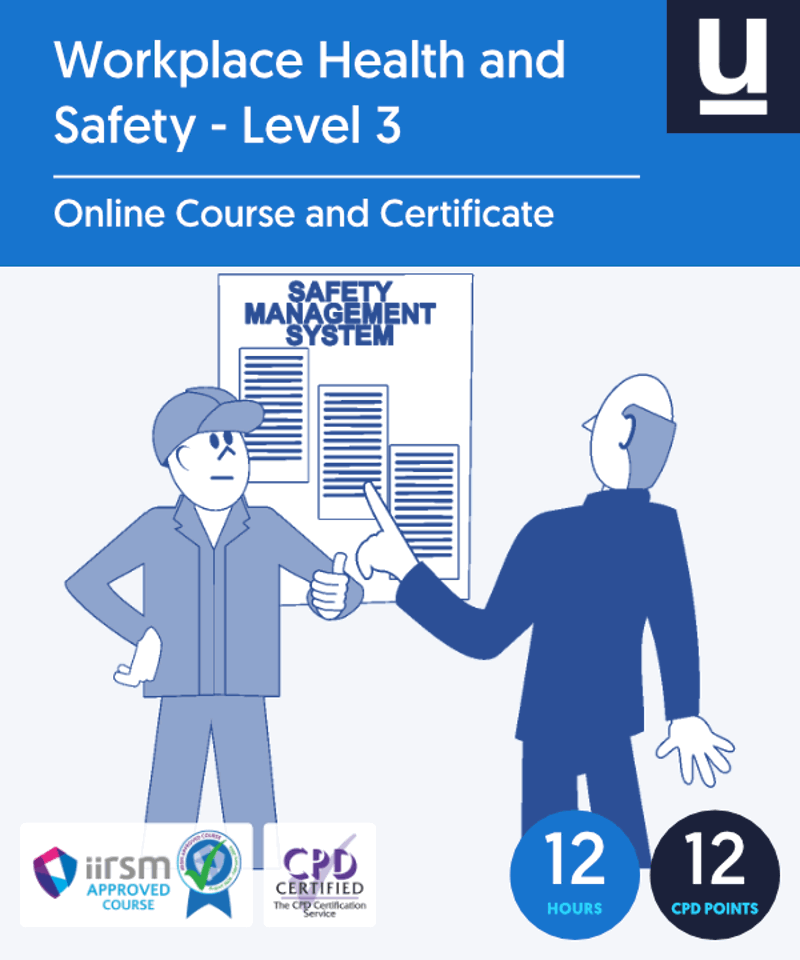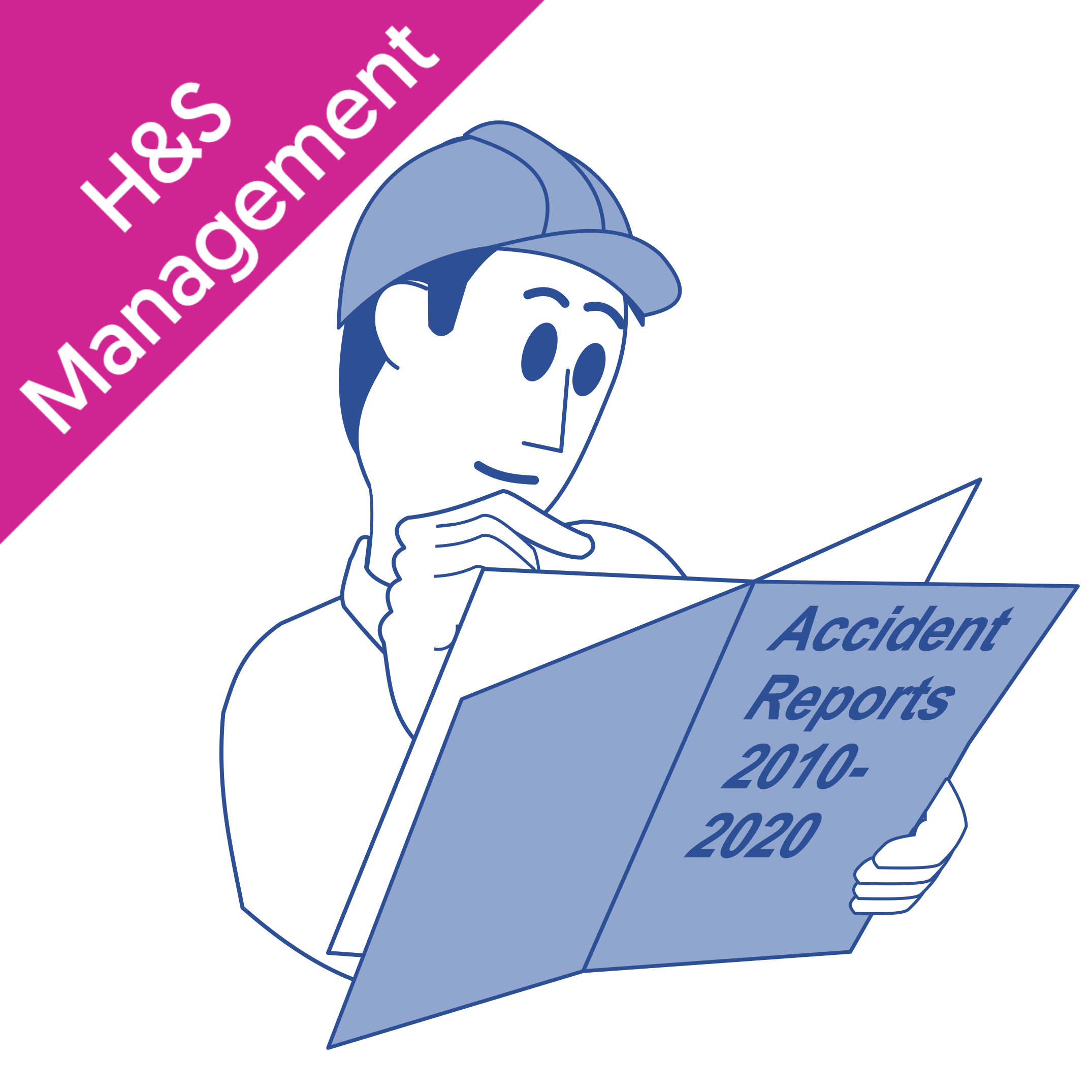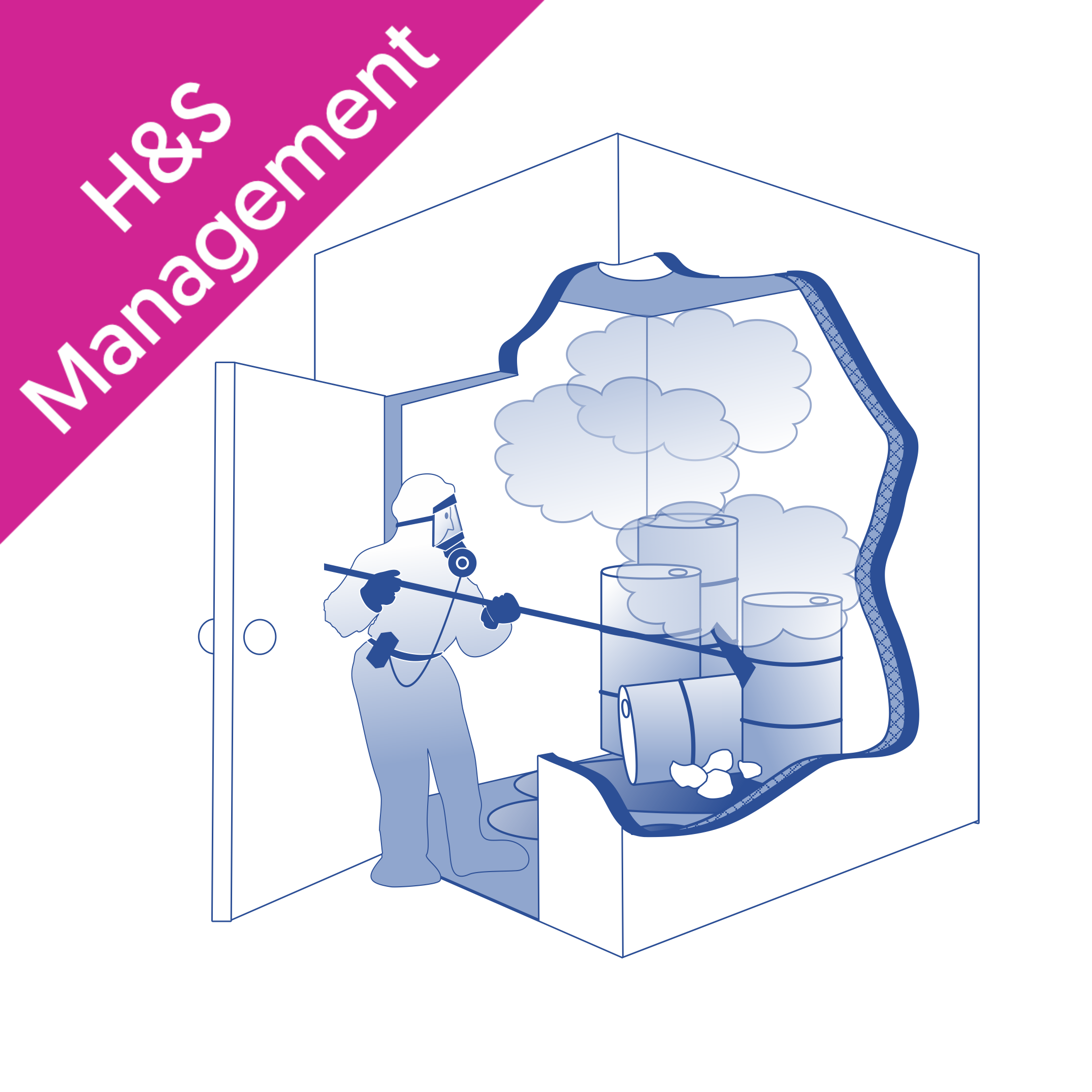Several additional health and safety regulations were introduced after this act, including:
The Management of Health and Safety at Work Regulations 1999.
Control of Substances Hazardous to Health Regulations 2002.
Reporting of Injuries, Diseases and Dangerous Occurrences Regulations 2013.
When was the Health and Safety at Work Act introduced?
The act was introduced initially in 1974 and has been updated several times in the years since. It can be viewed in full on the government's website here.
What does the Health and Safety at Work Act cover?
The Health and Safety at Work Act requires employers to ensure, so far as is reasonably practicable, the health, safety, and welfare of their employees while they are in a working environment. They must take several safety arrangements and measures to ensure this. The key points are
Providing and properly maintaining a work environment and equipment that is safe.
Providing any necessary information, instruction, training and supervision required.
Providing the personal protective equipment (PPE) required to help manage any residual risk.
Risk assessments are a valuable tool that can be used to determine these measures and mitigate breaches of the Health and Safety at Work Act, but they are not a requirement of this act. To find out more about risk assessments, consider taking our Risk Assessment Training course.
Organisations must also carry out their work in a way that does not affect the health and safety of anyone they do not employ, such as members of the public.
Alongside this, the act requires employees to take reasonable care for their own health and safety, and that of those around them, and to work with their employer to ensure that they are complying with the health and safety measures in place.
Who does the Health and Safety at Work Act protect?
The Health and Safety at Work Act is designed to protect the welfare of employees, the self-employed, and members of the general public from experiencing harm as a result of their employer or those around them.
How is the Health and Safety at Work Act enforced?
The Health and Safety Executive (HSE) and Local Authorities are responsible for enforcing a number of pieces of legislation, including the Health and Safety at Work etc Act 1974. This means that they will investigate potential breaches of health and safety legislation and take any necessary enforcement action, including:
Providing information, instruction and advice on how to resolve minor breaches of law.
Requiring improvements to be made to a risk assessment and management plan.
Stopping dangerous activities from taking place.
Prosecuting those responsible for serious breaches of law.
Why is the Health and Safety at Work Act needed?
Health and safety legislation, and the work of the Health and Safety Executive, along with relevant local authorities, has been vital in protecting people while at work and has helped reduce the number of injuries, illnesses, and fatalities that occur in the workplace.
Despite this, statistics from 2023/24 show that there are over 1.7 million working people suffering from a work-related illness in the UK, and there were 138 deaths caused by work-related accidents.
Reducing these numbers should be a priority for all employers, and it is for this reason that the Health and Safety at Work Act is as necessary now as it was when it was introduced.
At Commodious, we offer a range of training courses designed to improve your health and safety knowledge, including our Workplace Health and Safety courses. Use the links below to find out more about them:









